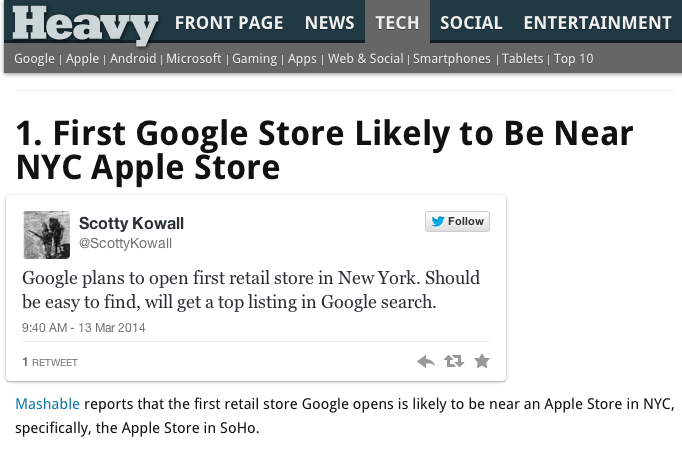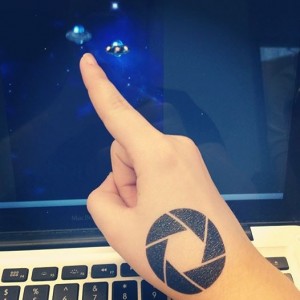
Seidenberg student Vinnie Monaco (Ph.D. Computer Science ’16) recently participated in this Spring’s Eye Movements and Verification and Identification Competition (EMVIC 2014). The competition is one of five supported by the IEEE International Joint Conference on Biometrics (IJCB 2014). The key objective of biometric competitions is to introduce the benchmarking of state-of-the-art algorithms relating to biometric identification while using transparent evaluation protocols.
The EMVIC 2014 aimed to determine how people may be identified based on their eye movement characteristics. The eye is not only one of the most complicated human organs, but also the analysis of its movements may reveal information about the human being, which makes the analysis of eye movement a suitable approach for biometric identification.
The competition had participants analyze a dataset of eye movement recordings, then design classification models. The results were calculated as the number of correctly classified samples to the number of test samples taken into account. Vinnie came up with the most successful classification model.
As the competition winner, Vinnie has not only been awarded with an SMI RED-m eye tracker by SensoMotoric Instruments, but he has also been invited to take part in the preparation of a monograph about eye movement biometrics along with the other authors of the best algorithms. Furthermore, test results and description of methodologies will be presented at the IJCB 2014 this September in Florida. The conference has been a reputable one to which Seidenberg faculty and students have been submitting papers for publication.
Seidenberg professor Charles Tappert, Ph.D. has been leading a biometrics research group at Pace for the past ten years, producing work that has received recognition nationally and internationally. Dr. Tappert works with undergraduate and graduate students to address identification and authentication problems by analyzing behavioral biometrics on keyboard and mouse-dynamics. These are relatively new directions in biometric research, and the Seidenberg faculty and students are directly contributing to advancing knowledge in this field.
Interested in biometrics? To learn more about IJCB 2014 and the biometric competitions it supports, visit http://www.emvic.org.






 Carol Wolf, one of Seidenberg’s professors, has had quite a life in academia and education before joining our program in 1986, only a couple years after Seidenberg was founded in 1983. Born during the Great Depression, Professor Wolf grew up with parents who, both being academics, were adamant that she and her older brother receive a full education. Wolf began working at age 16, for a whopping 55 cents an hour (much to her delight), at a local soda fountain and, soon afterward, the library. These jobs were Wolf’s introduction into not only the work-world, but the work-worlds dominated by women, which were rare, given that this was during the early 1950s.
Carol Wolf, one of Seidenberg’s professors, has had quite a life in academia and education before joining our program in 1986, only a couple years after Seidenberg was founded in 1983. Born during the Great Depression, Professor Wolf grew up with parents who, both being academics, were adamant that she and her older brother receive a full education. Wolf began working at age 16, for a whopping 55 cents an hour (much to her delight), at a local soda fountain and, soon afterward, the library. These jobs were Wolf’s introduction into not only the work-world, but the work-worlds dominated by women, which were rare, given that this was during the early 1950s.
